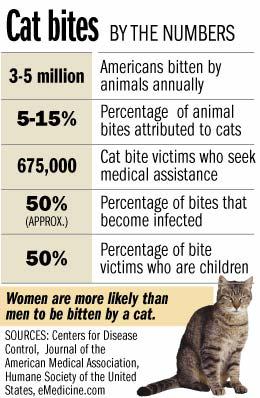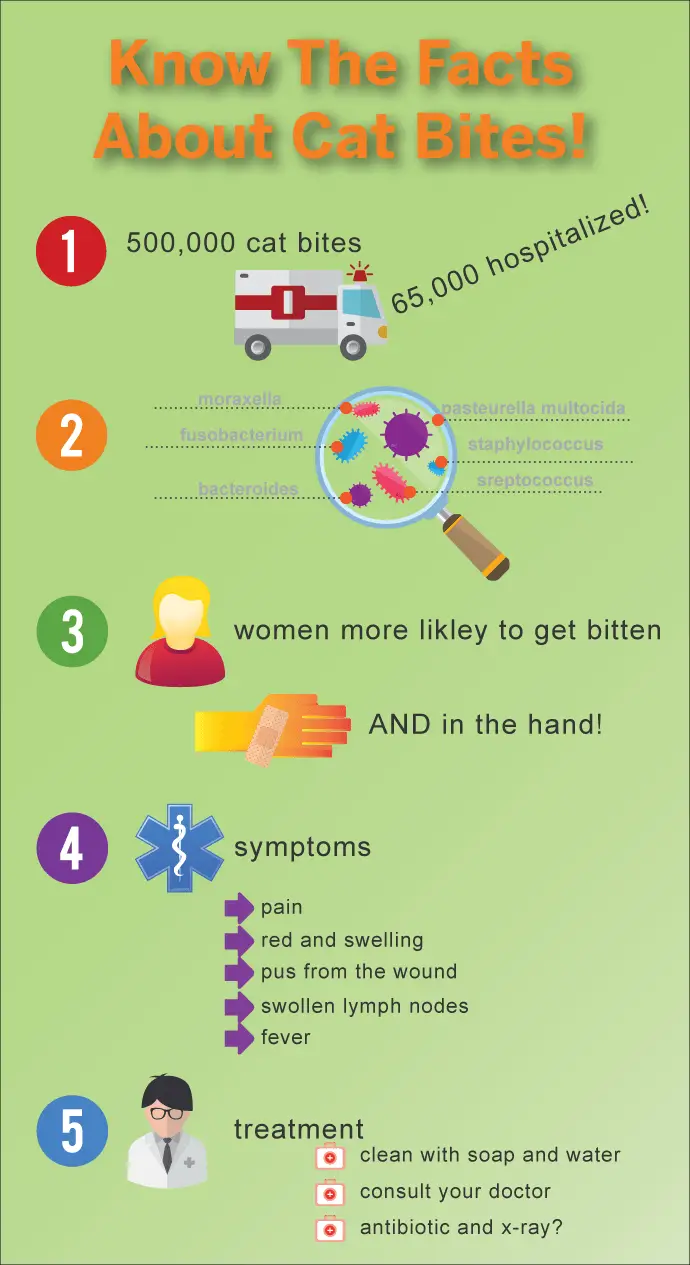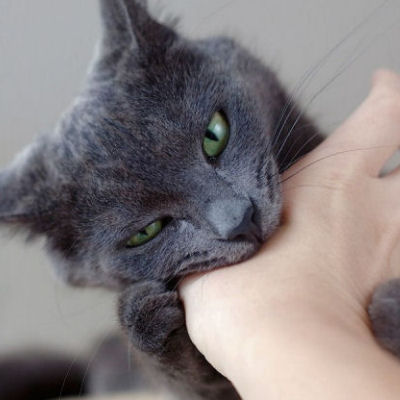The Alarming Facts About Cat Bites and Infections
Cat bites, though accounting for only 10 to 15 percent of animal bites treated in emergency rooms, pose a significant health risk due to their propensity for infection. Research indicates that as many as 50 percent of cat bites become infected and necessitate medical attention. Most bites occur either from the victim’s own cat or from a friend’s pet.
The Prevalence of Cat Bites
The statistics surrounding cat bites are surprising and concerning:

Why Are Cat Bites Prone to Infection?
Despite having similar bacteria levels in their mouths compared to dogs and humans, cats’ sharp teeth create deep puncture wounds that inject hard-to-treat bacteria into the skin and joints. This is particularly concerning when the bite occurs on the hand, where up to 85 percent of cat bites happen. Such wounds can easily pierce surrounding joints or tendons, creating closed spaces in which bacteria can thrive.
Additionally, cat scratches can lead to similar injuries, as their curved claws can penetrate deeply, facilitating bacterial entry into the wound.
Immediate First Response to Cat Bites and Scratches
In the event of a cat bite or scratch, it is crucial to take immediate action.
First Response Steps:
- Clean the wound thoroughly with soap and water, rubbing alcohol, or hydrogen peroxide.
- Apply pressure to stop any bleeding.
- Elevate the injury above heart level if it is on a hand or arm.
- Cover the wound with a clean bandage.
- Check for signs of infection including unusual redness, swelling, warmth, red streaking, or fever. Seek medical assistance if these symptoms develop.
- Get a tetanus shot if your vaccination status is outdated or incomplete.
- Determine the cat’s rabies vaccination status. If uncertain, observe the cat for 15 days for any rabies symptoms, as rabies can be fatal if treatment is delayed.
Note: This information is not a substitute for professional medical advice or treatment. Always consult a healthcare provider for serious injuries or persistent symptoms.
Understanding the Risks: Why Medical Attention is Essential
If the bite creates a deep wound, it is critical to seek emergency care promptly. Cats’ teeth can force bacteria, such as Pasteurella, deep into muscle tissue, creating a favorable environment for rapid infection. An infected bite may present with redness, swelling, and severe pain, potentially leading to conditions like cellulitis or septicemia if untreated. Symptoms of infection may include fever and flu-like signs, and the consequences can be dire, particularly for vulnerable populations such as children and the elderly.
Women aged 30-50 are frequently reported as the most common victims of cat bites, often on their hands, while children may be bitten on more vulnerable areas, such as the face.

The Importance of Seeking Timely Treatment
Prompt medical care can alleviate significant pain and prevent severe infection complications. Those who neglect treatment for substantial bites are at risk of ongoing symptoms such as throbbing pain, fever, or the need for intravenous antibiotics and more invasive procedures like casting. Recovery from severe bites can take weeks, requiring extensive physiotherapy due to potential joint complications.
In conclusion, cat bites should be taken seriously, and quick medical evaluation is crucial. If you are bitten, seek professional medical care as soon as possible to ensure a safe and swift recovery.
********












